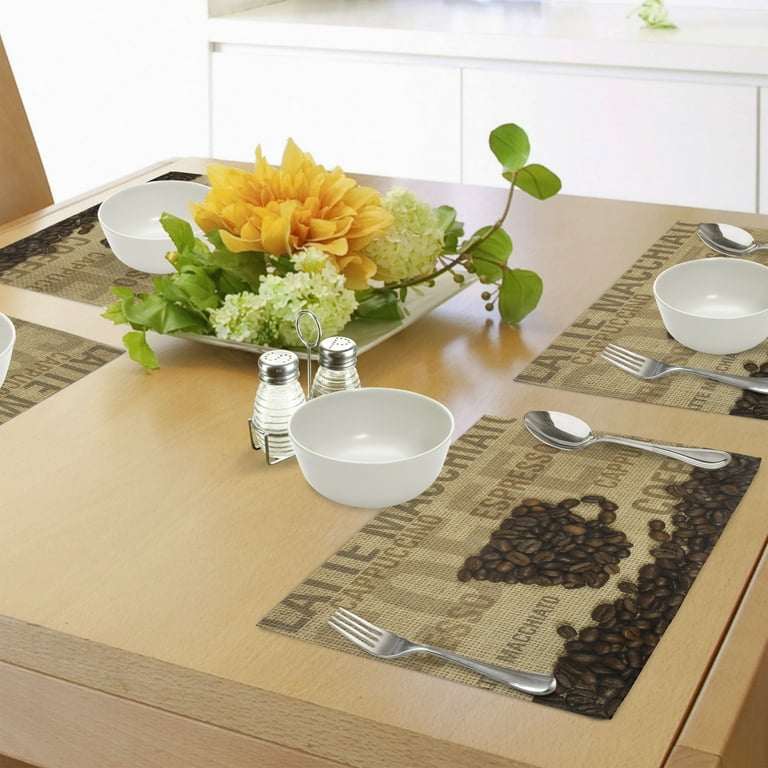Fascination About Unique Art
Fascination About Unique Art
Blog Article
Getting My Unique Art To Work
Table of Contents6 Easy Facts About Unique Art DescribedSome Known Questions About Unique Art.Some Ideas on Unique Art You Need To KnowUnknown Facts About Unique Art
While one might discuss which art kind holds precedence, the truth continues to be that each of these 7 types provides an one-of-a-kind home window into human history, culture, and development. They are the tapestries that chronicle our journey, reminding us of our past while inspiring visions for the future.Great art work informs a story, makes people look twice, and creates an one-of-a-kind experience that can not be matched. Art and illustrations interact all of that via shade, shape and other layout elements. Discover just how to make your special art work stand out from the crowd.
3 Emil DervishIn this entryway by Emil Dervish that lovely cobalt blue door takes the show. To bring even a lot more drama, he expanded the paint. to the doorframe and the wall surface up, ending up in a curved shape. The curves, in addition to a round sconce, soften the edges - Unique Art. Then frames vintage posters and maps of cherished places established the scene.
8 TRIA GIOVANEqual components grand and laidback, this foyer made by Anthony Baratta is the best blueprint to adhere to if you're embellishing a formal entry that still really feels unfussy and comfortable. Patterned textiles take spotlight (see the carpets and the sofa), but they additionally help bring the high ceilings to a human range when hung over wallpaper.
The Ultimate Guide To Unique Art
18 Heidi Caillier DesignA gallery wall surface doesn't need to occupy the entire room. In reality, in some cases a tiny one can make a larger style declaration. In this living-room, Hiedi Caillier chose micro-mini structures and a random structure. Ad - Continue Reading Below19 Stephen Kent JohnsonDesigner Juan Carretero chose a deep green paint shade to comparison with the light wood surfaces.
The elements of this languageits shapes, lines, colours, tones, and texturesare used in various means to produce experiences of volume, room, motion, and light on a level surface. These aspects are combined right into expressive patterns in order to stand for real or superordinary phenomena, to translate a narrative theme, or to develop completely abstract visual relationships.
Later the idea of the "fine musician" developed in Asia straight from the source and Renaissance Europe. Prominent painters were afforded the social standing of scholars and courtiers; they authorized their job, decided its layout and usually its subject and images, and developed a much more personalif not constantly amicablerelationship with their clients. Throughout the 19th century painters in Western societies started to lose their social setting reference and secure patronage.
The Single Strategy To Use For Unique Art
Others made an income with visiting exhibits of their work. The requirement to appeal to an industry had actually changed the similar (if less impersonal) demands of patronage, and its effect on the art itself was most likely comparable. Generally, artists in the 20th century could get to an audience only via commercial galleries and public museums, although their job might have been occasionally recreated in art regulars
For the background of painting in ancient Egypt, see Egyptian art and design. The growth of painting in different areas is dealt with in a number of articles: Western paint; African art; Central Eastern arts; Chinese paint; Islamic arts; Japanese art; Oriental art; Indigenous American art; Oceanic art and style; South Eastern arts; Southeast Asian arts. For a conversation of the forgery of artworks, see imitation. For a discussion of the duty of paint and various other arts in religious beliefs, in addition to of making use of spiritual signs in art, see religious meaning and iconography. For details on various other arts associated with paint, see articles such as drawing; folk art; printmaking. , also when a painting's narrative symbolism is rare.
Don't replicate the design of various other artists if you're trying to discover your design. Duplicating other individuals's artwork can be wonderful in academic objectives yet it will not make you closer to finding your own one-of-a-kind style. Your creative design needs to be, visit the website what you like and what motivates you.

Not known Details About Unique Art
You require to attempt great deals of various alternatives and discover everything prior to you can concentrate on one certain design or you'll be burnt out, or worse, you'll hate your own design. I suggest you to try every single topic that you're interested in, explore as much as you can. Attempt different tools that thrill you and new strategies you've never ever tried prior to.
With time you'll have the ability to arrange all of them right into your favored and least favored classifications. Attempt to focus your focus on the topics and mediums that you like and prior to you see it coming you'll have your own individual and unique style, like nobody else have! So ultimately you'll have a couple of preferred topics to repaint and perhaps a couple of preferred mediums.

Report this page